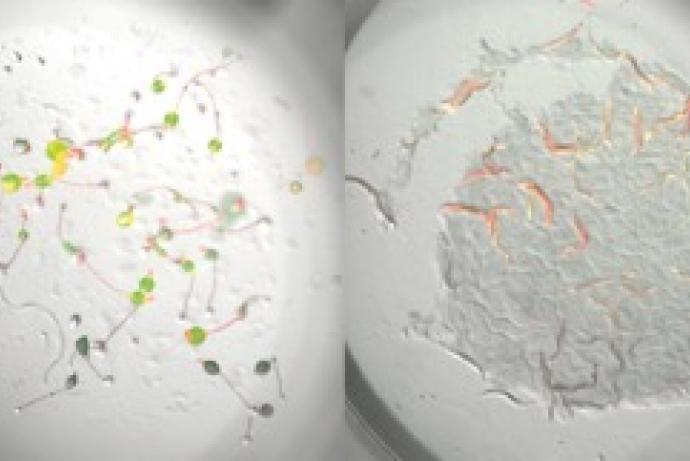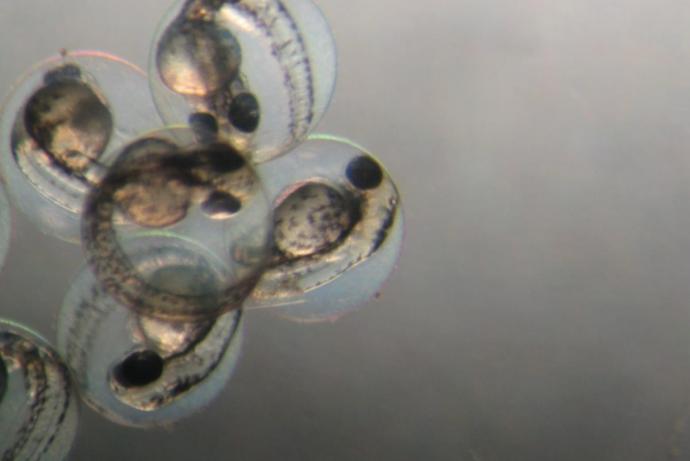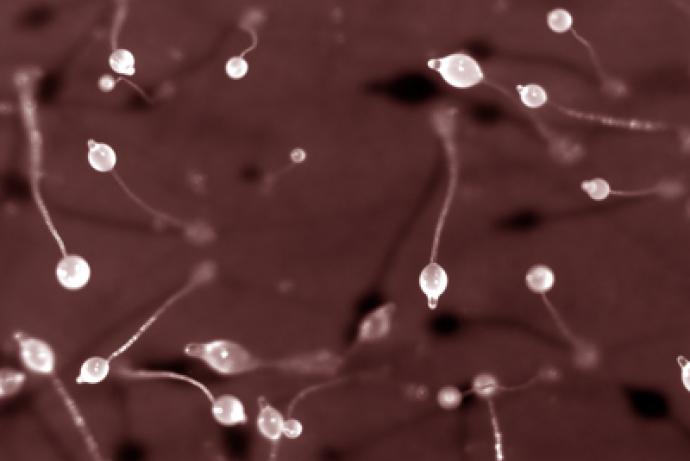Stemina Biomarker Discovery Inc is a biotechnology company providing two reliable human pluripotent stem (hPS) cell-based assays for human developmental toxicity screening: i) devTOX quickPredict rapidly predicts the developmental toxicity potential of compounds using the biomarkers ornithine and cysteine; ii) devTOX Discovery identifies changes in metabolites secreted by hPS cells in response to the test article to help identify mechanisms of toxicity. Both technologies provide a reproducible, all-human system for reducing and replacing animal use in reproductive toxicity testing. Stemina is seeking partners to help expand the use of their assays, as well as partners who offer complementary assays.
Exposure to toxic chemicals is believed to cause approximately 3% of all birth defects (Scientific Frontiers in Developmental Toxicology and Risk Assessment, 2000). Approximately 92% of the drugs approved for use by pregnant women have undetermined risks to the foetus, exemplifying the need for more predictive tests of developmental toxicity (Christianson et al., 2006; Lo and Friedman, 2002). The currently required in vivo animal models for assessment of developmental toxicity use large numbers of animals, kilogram quantities of test article, and are costly and time consuming. These models have been in place for over 40 years and are in need of modernisation for many reasons. Firstly, there is a need to test many of the chemicals in use today that have little or no developmental toxicity data available at expected human exposure levels. The current testing methods are not amenable to screening these backlog of chemicals due to high cost and time, which presents a need for new high throughput screens. Secondly, there is an ongoing worldwide effort to decrease experimental animal use. Thirdly, animal tests have only 70-80% concordance with human outcomes (Daston and Knudsen, 2010). New innovative testing methods centred on human in vitro systems must be implemented into the guidelines and regulations to achieve these goals and advance the understanding of potential for chemical toxicity in humans.
References
- Christianson A, Howson CP, Modell B. (2006). The March of Dimes Global Report on Birth Defects: The Hidden Toll of Dying and Disabled Children. White Plains: March of Dimes Birth Defects Foundation; Available here.
- Lo WY, Friedman JM. (2002). Teratogenicity of recently introduced medications in human pregnancy. Obstet. Gynecol. 100(3): 465-73. doi:10.1016/S0029-7844(02)02122-1.
- Daston GP, Knudsen TB. (2010). Fundamental concepts, current regulatory design and interpretation. In: Comprehensive Toxicology, Vol. 12, 2nd editon. (ed. Daston G, Knudsen T), New York: Elsevier.
devTox quickPredict measures changes in the biomarkers ornithine and cystine across an 8-point dose-response curve to determine the exposure level at which a test article perturbs metabolism in a manner associated with developmental toxicity potential. Ornithine and cystine are involved in metabolic pathways important for normal proliferation and differentiation during development, thus their disruption provides a signal of developmental toxicity (Palmer et al., 2013). In a set of 36 compounds with known outcomes, devTOX quickPredict was 89% accurate (79% sensitivity, 100% specificity) in identifying human developmental toxicity risk and highly concordant (79%) with the required in vivo models (Palmer et al., 2013). Assays such as this help define exposure ranges for a test article. The assay could be included as part of a panel of assays aimed at defining where potential adverse responses in human populations may exist and whether a test article should progress through development. devTOX Discovery uses the same prediction model but measures metabolic perturbation across three exposure levels using an untargeted metabolomics approach allowing for a broader metabolic readout. devTOX Discovery is used as a research tool to follow up on a positive finding in devTOX quickPredict and helps generate biochemically based hypotheses around the observed developmental toxicity response for further investigation.
A significant advantage of the devTOX assays is that it is a human system, eliminating the risk of false-negatives due to inter-species differences in developmental pathways and pharmacokinetics. The assay provides endpoints that are determined analytically without subjective interpretation of morphology. This is particularly important since human embryos can have a higher sensitivity to chemicals than rodent models (Liu et al., 2013). hPS cells are metabolically similar to embryonic epiblast cells at gastrulation (Folmes et al., 2011), thus the cells are primed for development, closely approximating in vivo post implantation. Additionally, hPS cells can differentiate into numerous cell types that function in a manner similar to their in vivo counterparts.
devTOX assays are currently used in the US Environmental Protection Agency’s ToxCast initiative and in industry during discovery and preclinical development programs for test articles. To date, 960 compounds have been screened in Phases I and II of the ToxCast initiative using multiple models including devTOX quickPredict.
References
- Palmer JA, Smith AM, Egnash LA, et al. (2013). Establishment and assessment of a new human embryonic stem cell-based biomarker assay for developmental toxicity screening. Birth Defects Res. B. Dev. Reprod. Toxicol. 98(4): 343-363. doi:10.1002/bdrb.21078.
- Liu W, Deng Y, Liu Y, et al. (2013). Stem cell models for drug discovery and toxicology studies. J. Biochem. Mol. Toxicol. 27(1): 17-27. doi:10.1002/jbt.21470.
- Folmes CD, nelson TJ, Martinez-Fernandez A, et al. (2011). Somatic oxidative bioenergetics transitions into pluripotency-dependent glycolysis to facilitate nuclear reprogramming. Cell Metab 14(2): 264-71. doi:10.1016/j.cmet.2011.06.011.
Stemina is seeking partners that offer complementary assays and who are willing to explore the potential for these to integrate as a suite of assays for more predictive assessment of developmental toxicity. Stemina are also keen to connect with customers who will use the assay. Partners will be able to use these novel in vitro assays as a tool to test compounds in compliance with the 3Rs in a cost effective manner, which will help drive revenue and promote alternative testing.
Information about IP
The devTOX quickPredict assay is patent protected under United States Patent 8,703,424 (April 22, 2014). “Predicting human developmental toxicity of pharmaceuticals using human stem-like cells and metabolomics.” Other patent applications are pending worldwide. Licenses are available under all patents at reasonable rates. In addition, Stemina has engaged several distribution partners to provide the devTOX quickPredict assay to ensure access to the test. The assay can be performed by academic or research institutions for research purposes without a license under Stemina's patents.
The devTOX quickPredict assay can reduce animal use in two ways. Firstly, overall animal use is reduced when the assay is used early in compound development as a screening tool to take only the best compounds forward into currently required in vivo testing. Secondly, following wider acceptance and validation for regulatory purposes, it could be used in place of a second species or used in read-across or weight of evidence approaches. Strategic partnerships will help accelerate this acceptance. Stemina plans to work with collaborators through the U.S. National Institute of Environmental Health Sciences (NIEHS) and the European Centre for Validation of Alternative Methods (ECVAM) to formally validate the devTOX quickPredict assay.
Furthermore, the reproductive and developmental toxicity requirements for registering existing chemical substances under REACH (Registration, Evaluation, Authorization, and Restriction of Chemicals) using whole-animal models is estimated to cost up to 8 billion dollars and require the use of up to 22 million animals. In vitro tests, such as devTox, can be used under REACH and could greatly reduce the number of in vivo tests carried out.



